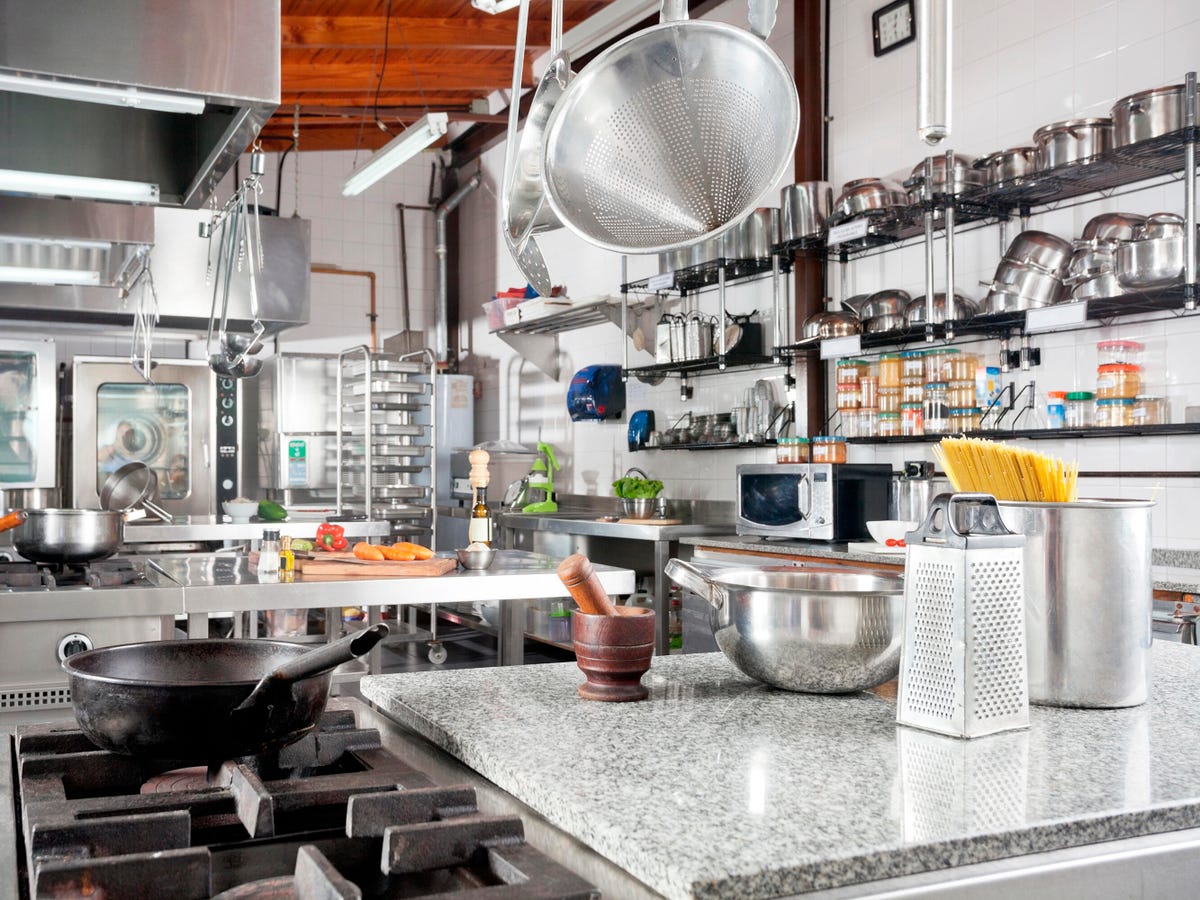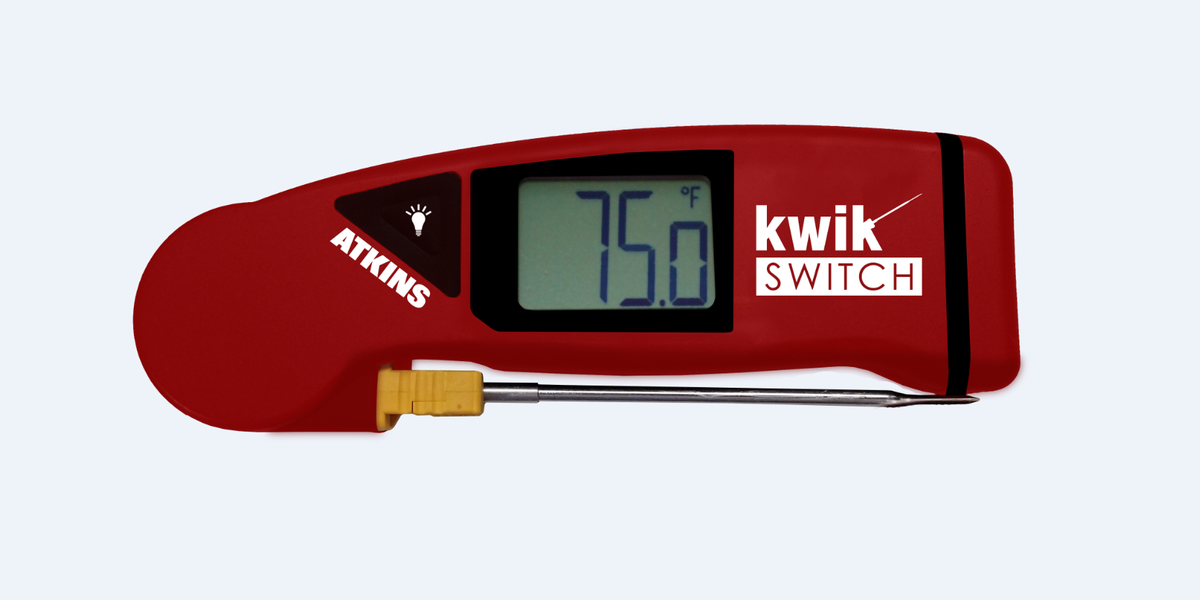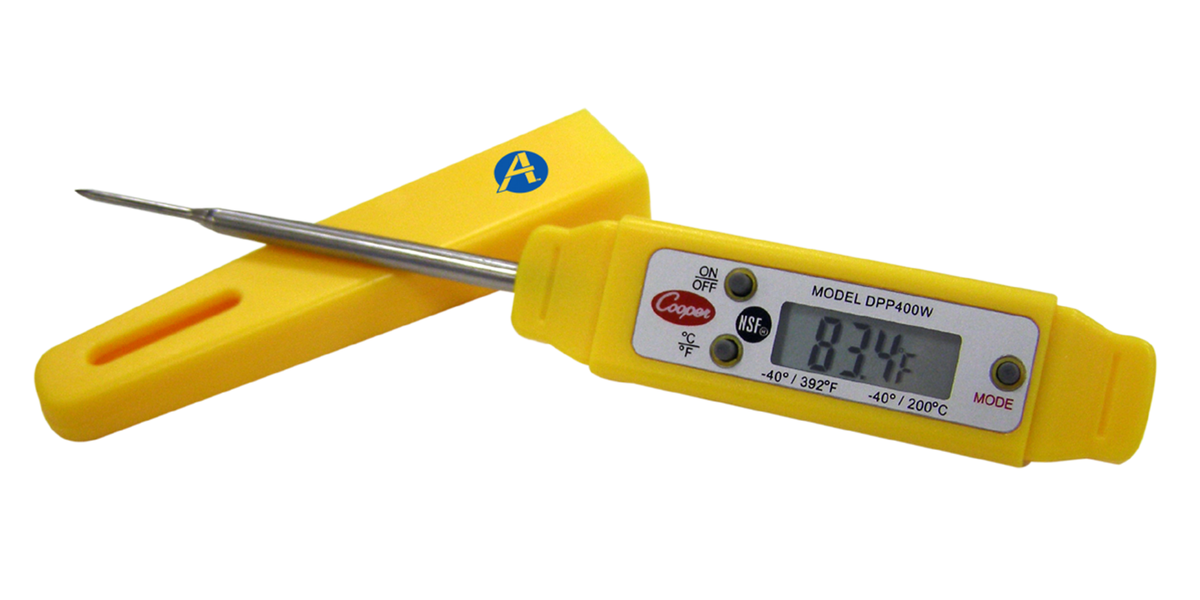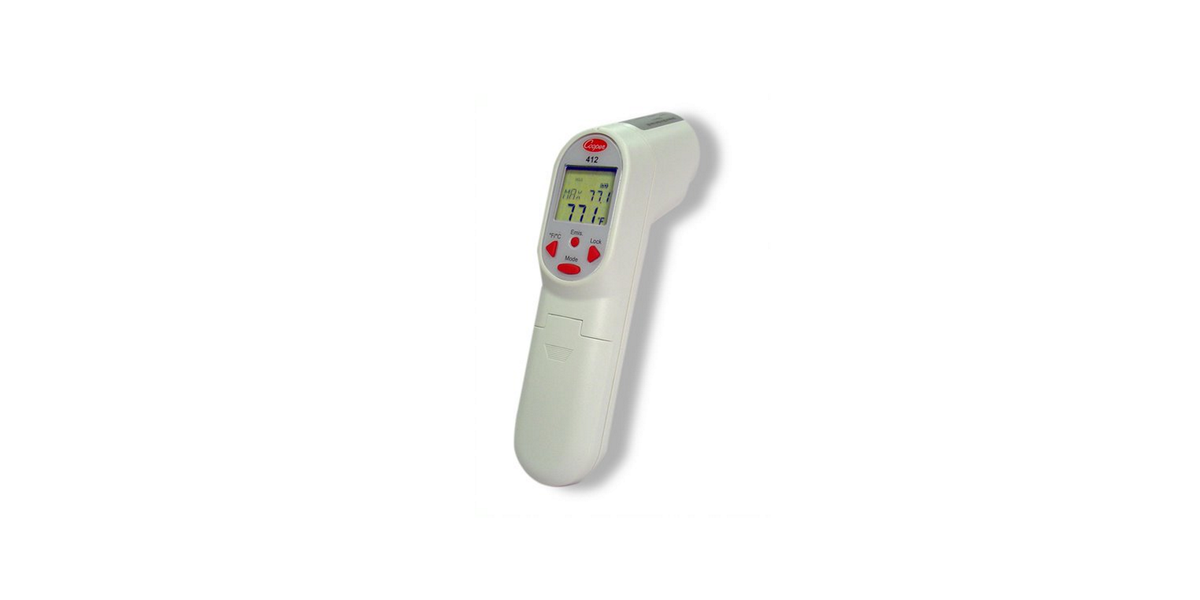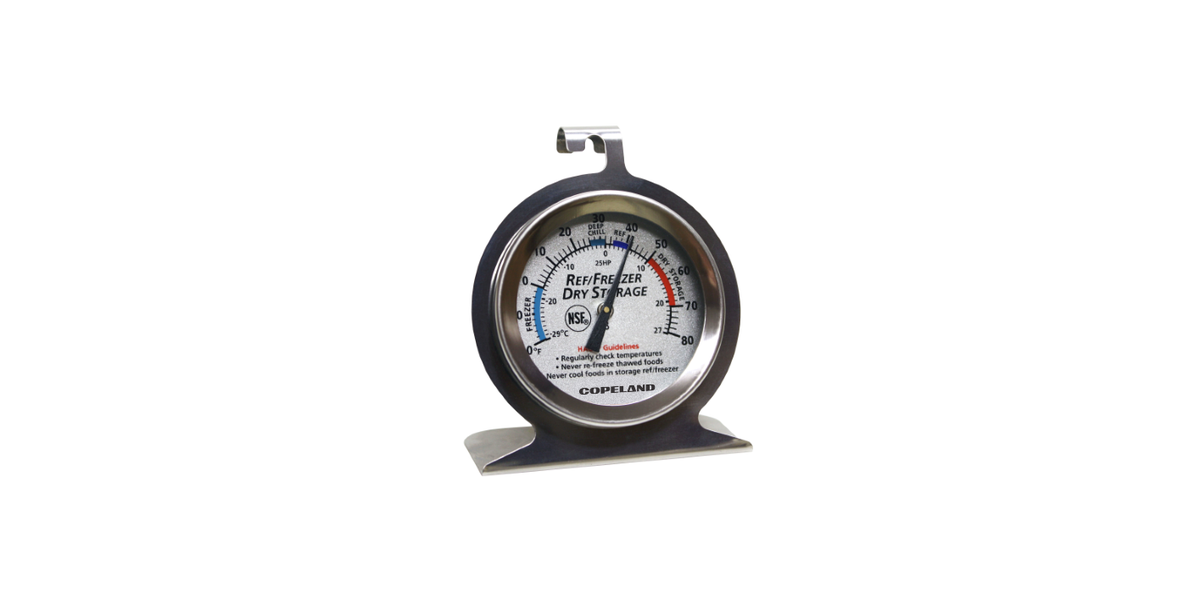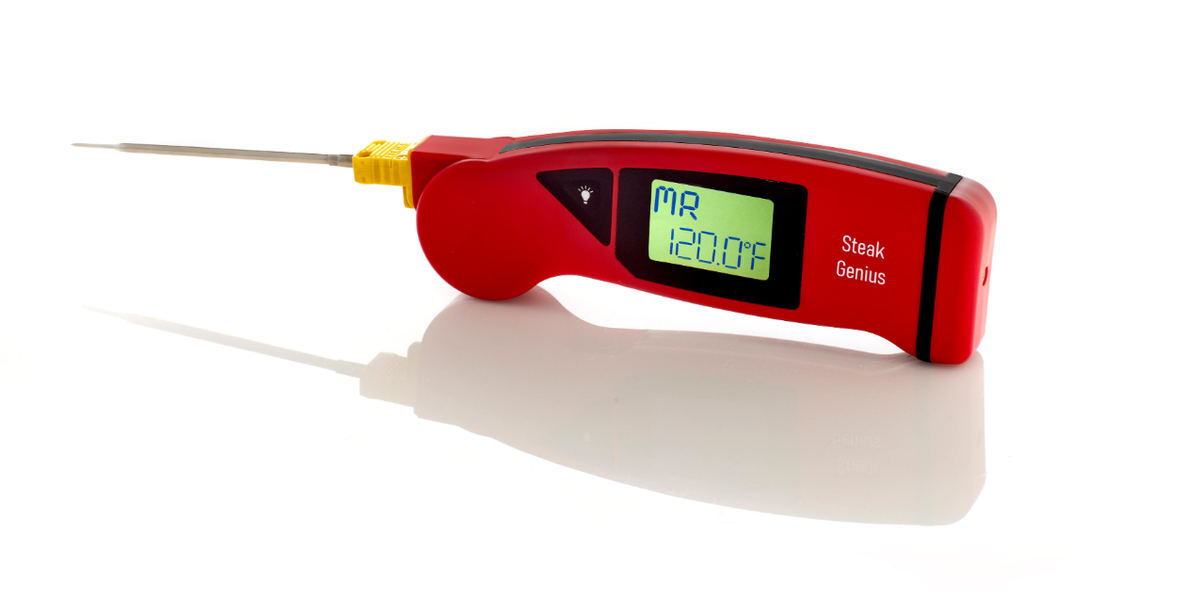Avoid irreversible food safety risks by cooling cooked food properly and storing separately before reheating to serve.

The Seven Principles of HACCP
These seven key principles reduce safety hazards across all dimensions of foodservice. When you follow them, you’re not just helping to assure regulatory compliance; you’re also enhancing the quality of your product and protecting the integrity of your brand.
- Conduct a hazard analysis
- Determine the critical control points (CCPs)
- Establish critical limits
- Establish monitoring procedures
- Establish corrective actions
- Establish verification procedures
- Establish record keeping and documentation procedures
Critical Control Points for Food Safety (CCPs)
Throughout your operations, food passes through dangerous temperature zones or CCPs. Closely monitor these areas for safety.

Advantages of HACCP Food Safety
By implementing a system based on Hazard Analysis and Critical Control Point (HACCP) principles to carefully monitor CCPs and keep close watch on temperatures, you can activate these advantages for your business:
- Reduction in product loss
- Increase in product quality
- Better control of product inventory
- Consistency in product preparation
- Protect your bottom line
- Increase in employee awareness and participation in food safety

Prepare for the Digital Transformation of Food Safety
Foodservice operations like yours are upgrading to digital food safety systems for reasons far beyond HACCP compliance. Innovative technology makes these systems more accessible and precise than ever before, and there are significant advantages. Discover the digital food safety difference and learn how Copeland can help you start your digital transformation today.
